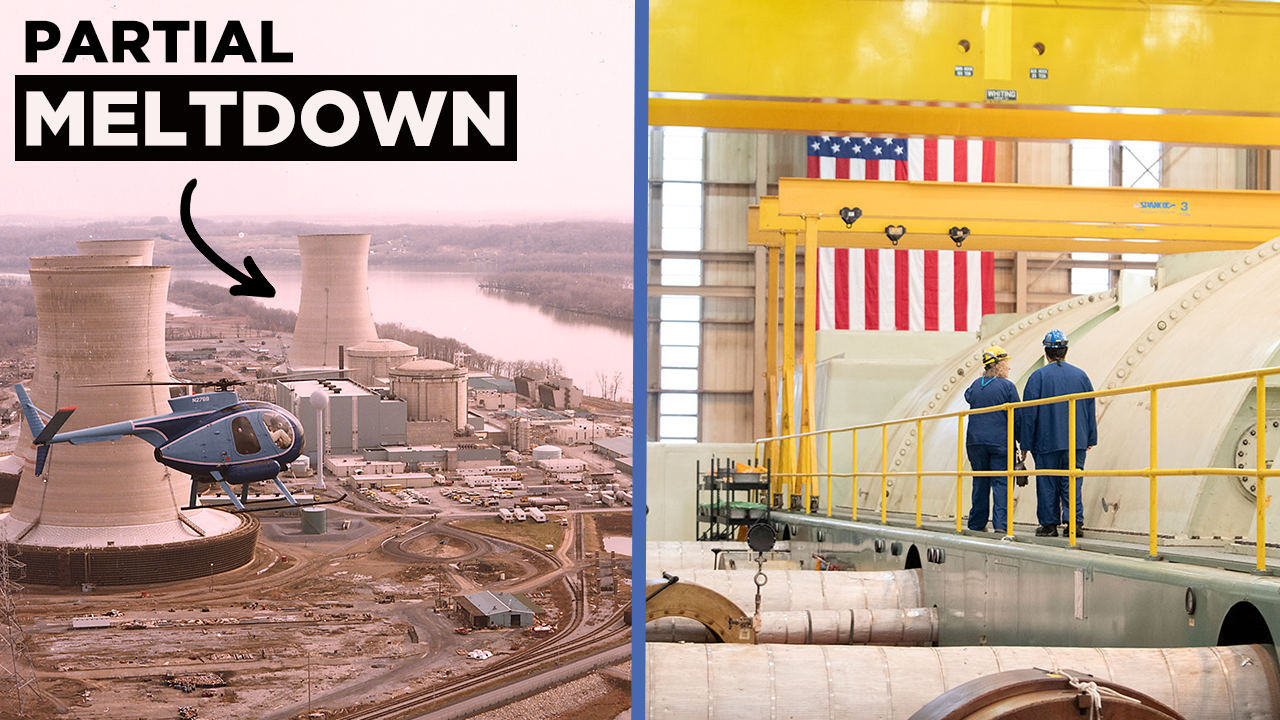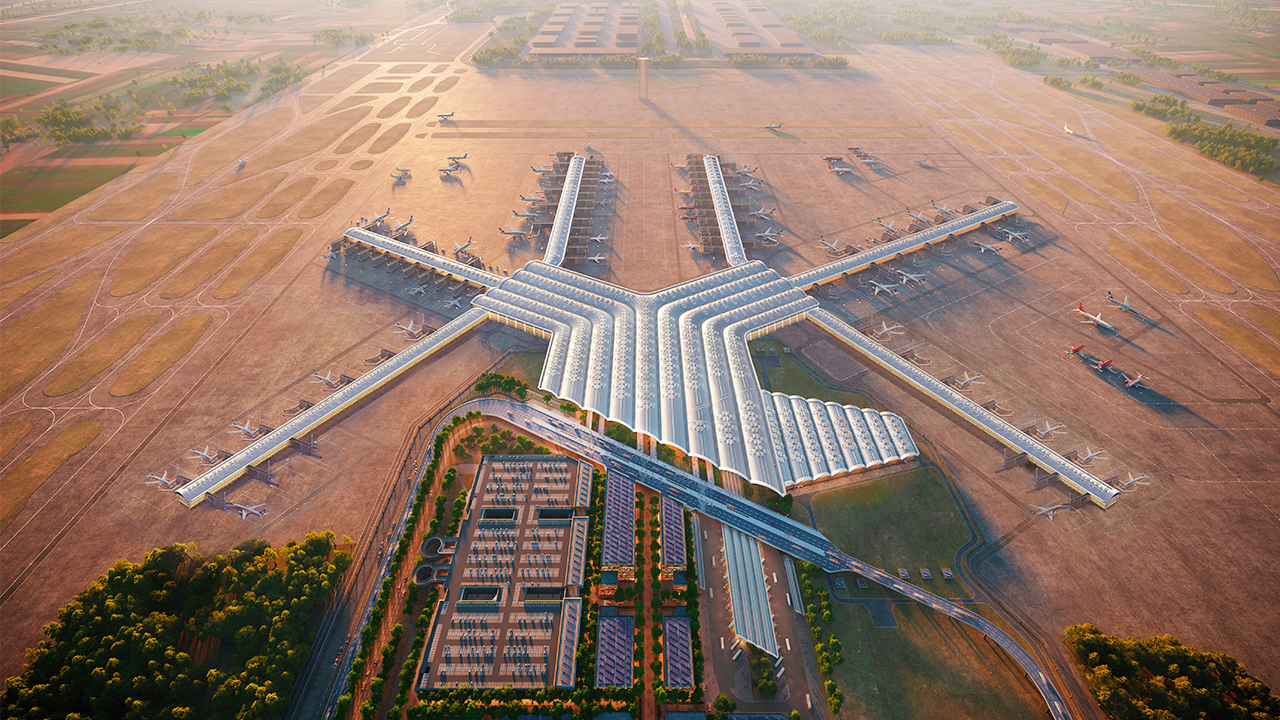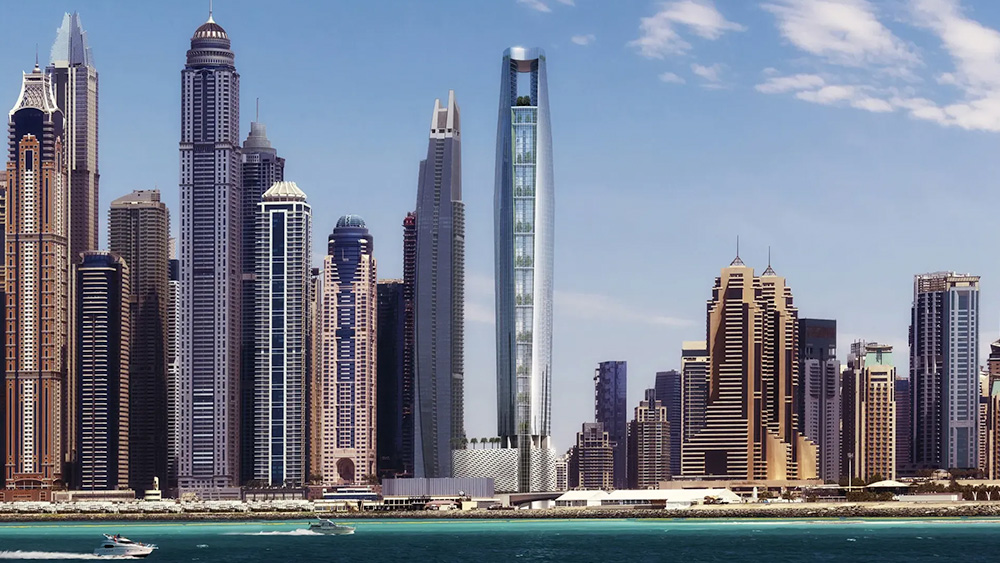Tokyo Has Built the World’s Best Subway
- Youtube Views 1,465,529 VIDEO VIEWS
Video powered by Trimble and hosted by Fred Mills. This video and article contain paid promotion for Trimble.
NEW YORK's subway, London’s underground and Seoul’s metro all have things in common.
They’re bigger than the subway system in Tokyo - they all have more stations and extend over greater distances.
But Tokyo is far and away the world’s largest city. It dwarfs the others and it's now home to more than 37 million people.
Beneath these streets is a system that defies convention. It’s the world’s busiest subway - moving 3.9BN passengers each year, equivalent to half the world’s population, but all in an understated and efficient way.
Japan’s capital has mastered the art of mass transit, moving more people with fewer lines, fewer stations, and in a smaller area than any other major city. In our opinion, it’s the world’s best subway.

Above: Tokyo's subway is made of two interconnected systems.
In 1927 Tokyo opened its first subway line. Since then, the network has grown to 13 lines across two interconnected systems that largely work as one.
The story of how this hyper-efficient transit system came to be actually goes back to when Tokyo was emerging from the end of the second world war.
The city needed to maximise its use of limited resources and wanted to avoid the kind of urban sprawl that was happening elsewhere driven by a rise in car ownership.
Tokyo was rebuilt as a “city of cities”, with loosely dispersed, self-supporting centres across the metro area that could be gradually linked by an extensive rail network as the city grew.
Since construction began on the city's second subway line in 1951 there’s rarely been a time when the network wasn't undergoing some sort of expansion or line extension - constantly adding to the subway’s capacity and resulting in the consistent high-density cityscape we see in Tokyo today.

Above: Tokyo has one of the most comprehensive subway networks in the world. Image courtesy of OpenStreetMap.
By building a wide-reaching network that served virtually every part of the city proper, car ownership in Tokyo sits extremely low for the developed world with only 0.54 cars per household, significantly less than cities with networks that primarily serve as shuttles between suburban areas and a central business district - like Chicago with 1.12 cars per household or San Francisco with 1.10 cars per household.
Tokyo is one of the few places in the world that operates through-trains in its subway system, and this is a key ingredient to its success.
Most cities tend to follow a model like London, where regional commuter trains terminate at major interchanges, like Paddington or Waterloo, before passengers transfer onto the underground system.
In Tokyo, new lines were designed to accommodate suburban commuter trains, allowing them to travel directly through the city centre and removing the need for passengers to navigate busy interchanges at rush hour.
This improves efficiency and extends the subway’s effective reach without the need for additional track or rolling stock.
By entering into track-sharing agreements with the suburban rail companies, subway operators are provided with a continuous stream of revenue - allowing them to build new lines across the city even when the existing lines are yet to become profitable.

Above: Tokyo is one of the few cities in the world where regional trains pass through the subway system.
From the outset, just after the second world war, this model was introduced, and it’s resulted in an infrastructure system with much more fluidity and far fewer big, congested interchanges.
Today, 10 of Tokyo’s 13 subway lines operate through-trains and while the revenue generated by them made the construction of the lines possible - it’s now the primary reason why the subway isn't unified as neither the National or Local Government is willing to hand their lines to the other and lose the ongoing revenue that their systems generate.
Despite being their own entities, the rollout of a common ticketing system in 2000 saw travel across Tokyo’s mass transit network become much easier - and the introduction of the Pasmo smart ticketing system in 2007, which was made compatible with JR East’s Suica system, meant that passengers only needed a single card to travel across the entire Greater Tokyo area.
Smart ticketing systems are of course nothing new. London has the Oyster, Hong Kong the Octopus and Sydney the Opal card - but Tokyo took things to a whole new level in 2013, making a further eight smart card systems from across Japan all compatible with one another.

Above: Transportation smart cards from across Japan have been made compatible with one another, allowing for seamless travel across most of Japans major cities. Image courtesy of OpenStreetMap.
Japan is one of the world's technology capitals, despite this, its subway system is no more reliant on technology to maintain efficiency than any other.
Drivers will normally spend their entire careers on a single line, learning its intricacies and maintaining the speeds needed to arrive at each station within a minute of schedule.
Maintenance is also critical. Track and tunnel infrastructure is inspected nightly, and any minor damage is corrected, avoiding the need for disruptive major repairs.
Every four years, train cars are completely dismantled, inspected by hand, cleaned and rebuilt to ensure they run like new.
Subway etiquette displays are mounted on trains and within stations showing what passengers can do to improve their experience. These rules aren’t heavily enforced but the majority of people follow them for the good of the system.

Above: Commuters on a Tokyo subway train.
By simply talking quietly, not eating onboard, removing bags and not obstructing train doors, Tokyo’s subway manages to avoid that loud, dirty and unpleasant experience that some subways can have.
The city has built a system that’s extensive, reliable and easy to use - and it’s become so highly regarded among Tokyo’s citizens that ridership has continued to rise year-on-year - despite the city’s population declining since 2019.
Though passenger numbers of course fell during the pandemic, and while the system is now unlikely to transport any spectators around the venues of the Tokyo Olympics, passengers are expected to return when the situation begins to improve.
Post-pandemic, as our cities grapple with moving more people than ever before, Tokyo’s model is one to look to.
Making public transportation networks something people want to use, not just tolerate, will become key to keeping our cities and their economies moving.
This video was powered by Trimble. See how Trimble Connected Construction solutions support the design, engineering and realisation of some of the world’s most complex structures here.
Narrated by Fred Mills. Footage and images courtesy of OpenStreetMap and Google Earth.
We welcome you sharing our content to inspire others, but please be nice and play by our rules.







